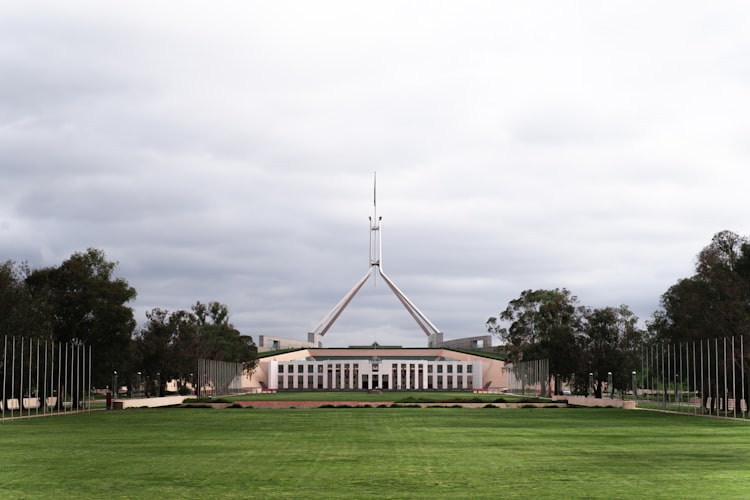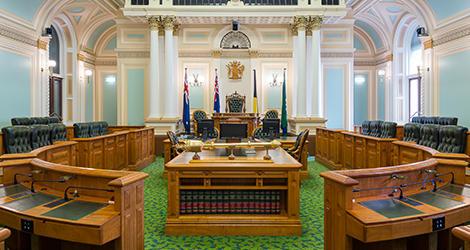Opponents of cleaner, cheaper renewables have used a particularly spectacular contortion of logic to claim the recent catastrophic storms in Victoria and the resulting power outages as evidence of the folly of acting on climate change and boosting renewables.
Predictably, nuclear energy advocates seized on the Victorian events and temporary power outage to re-energise their campaign for Australia to start a nuclear energy industry.
Let’s be clear upfront. Nuclear is not being pushed as a genuine alternative to renewables. It’s being used as a distraction and a delaying tactic.
It’s also quite the feat to assert that had it been nuclear rather than renewables, a coal-fired electricity generator in Victoria wouldn’t have shut itself down as protection against surges from storm-damaged transmission. It’s an even greater leap essentially to assert that a grid under the LNP would involve no distribution – given the vast majority of outages were caused by extreme damage to the distribution network – including from the half a million lightning strikes in eight hours.
Will nuclear powered electricity be transmitted by osmosis? By Bluetooth? By a vibe? Whether your energy comes from coal, nuclear, gas or renewables, if poles and wires are down, electricity won’t get where it needs to go.
The pro-nuclear argument is two-pronged. That the world has realised the perils of renewables and is experiencing a nuclear renaissance, and Australia is missing out.
And that nuclear is much cheaper than renewable energy, once upgrading and expanding the grid is factored in.
Both these arguments collapse faster than a tree in a lightning strike when exposed to the facts.
Global investment in renewable energy sources constitutes three quarters of all power generation investment.
Take just solar, for example. Last year, the world installed 440GW of renewable capacity. This is more than the world’s entire existing nuclear capacity built up through decades of investment. By early 2025, renewable energy will surpass coal as the planet’s largest source of energy, while coal, gas and nuclear will all shrink their market share.
Nuclear and coal combined, however, account for only 16 per cent of new global power investment. In 2005, electricity companies in the US pledged to build more than 30 reactors. Only four ever commenced construction. Two were abandoned due to massive cost and time delays.
The alleged boom in Small Modular Reactors is also a mirage. China and Russia are the only two countries to have installed them. The US has now abandoned its “flagship” commercial-scale pilot SMR (promised back in 2008), wearing 70 per cent cost blowouts without having started construction on a single reactor.
We know the Russian SMRs have extraordinarily low load factors and that nuclear waste from the SMR process is disproportionate to their output. The Chinese data is more opaque, but given SMRs generate about 300MW (compared to a coal-fired power station at 2000MW), we have no reason to believe there is anything approaching a serious contribution to China’s energy demand from their two units.
My shadow minister predicted that last year’s Dubai COP would be remembered as the “nuclear COP”. Not so much. Twenty three countries have pledged to triple nuclear energy by 2050, while 124 countries pledged to triple renewable energy investment within the next six years, before the nuclear dream even gets started.
Then there is cost. Contrary to myth, GenCost does include the cost of transmission and storage, and the CSIRO-AEMO GenCost conclusions about the chasm between nuclear and renewables costs could not be clearer.
But if you don’t want to accept eminent and independent practitioners at those organisations, then you can have a look at the Bulletin of Atomic Scientists, which estimates it will cost $US15 trillion to triple nuclear capacity. Or University College London, which recently found that “new nuclear capacity is only cost effective if ambitious cost and construction times are assumed”.
And if you don’t like University College London’s research, ask the merchant bank Lazard, which shows levelised cost of nuclear to be four times higher than utilityscale solar and wind.
Then look at how many nuclear projects are falling over because of cost and time overruns. The UK’s Hinkley C nuclear plant was promised to be “cooking Christmas turkeys by 2017”. It’s yet to warm a single drumstick, with latest costings at more than $86bn. Who in Australia does the opposition energy spokesman expect will be footing those kind of bills?
Like many things in the climate debate, the push for nuclear power has taken on a singular importance in the culture wars. It’s striking that a party that once prided itself on economic rationalism could embrace a frolic so spectacularly uneconomic. This is the triumph of culture wars over climate pragmatism in the alternative government.
The LNP has been promising to reveal the details of its long nuclear fairytales soon. It can’t come soon enough.
No plan for nuclear power in Australia will survive contact with reality. The Australian people deserve more than hot air to power their homes and businesses.
This opinion piece was first published in the Australian on Saturday, 24 February 2024.






